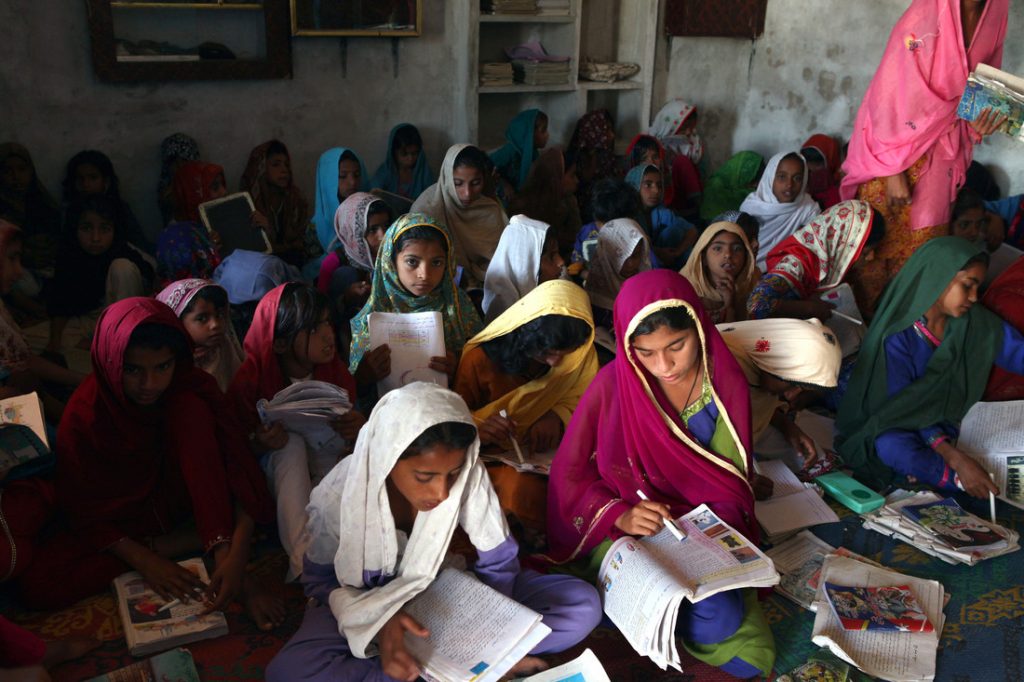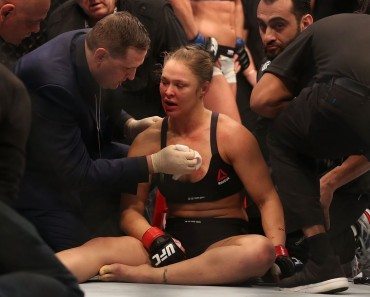
Young girls in Pakistan who attended Islamic faith schools, known as Madrasas, received low-quality education and experienced harsh conditions, a 2018 Human Rights Watch report found.
Low-income parents who could not afford government-run schools often send their girls to Madrasas, which provide food and education to students without charge.
Misguided Education Focus
The schools focus education on Islamic subjects such as Tasfeer the interpretation of the Quran, Fiqh Islamic philosophy, Hadith sayings of the prophet Muhammad and Arabic language, but lacked fundamental elements of traditional education which in turn restrict opportunities for Pakistani women.
Beaconhouse National University student Fatima Faisal attended Al-Khair, an Islamic faith school, for two years and said it “wasn’t a good experience,” and that the overwhelming focus on the Quran meant that she “didn’t learn anything substantial”.
Faisal says the hours were long and exhausting and that physical abuse occurred during her time there.
Madrasas expanded under the military rule of President Muhammad Zia-ul-Haq when they received state funding for the first time.
Zia-ul-Haq, who was president from 1976 until his death in 1988, established Pakistan as an Islamic state, introduced Sharia law, ordered women to cover their heads in public, and restricted women’s cultural and legal rights.
Today there are 26,000 registered Madrasas with an estimated further 9000 unregistered and unregulated Madrasas operating underground.
The schools operate all across the country, including the cities of Islamabad, Lahore, and Karachi, but are more prominent in rural areas where poverty is higher and education standards are lower, the report found.
A Very Nuanced Expansive Issue
Former Christian College department of education lecturer Ammar Hussain Khan said the issues extended beyond the schooling system itself to the inequality between urban and rural areas, although the education system in Pakistan is getting worse and women faced many barriers to education.
“When we are living in a city and we are watching the news and the media we have a very different perspective of Pakistan,” Mr. Khan said.
“But when you go to [rural] areas there are problems with electricity, there are problems for people travelling, they have problems with hospitals, there are medical issues … they have education issues.”
Mr. Khan said the lack of basic infrastructure in rural areas meant many parents are not in a position to send their children to school.
“If you talk about a farmer, if you ask them to send their kids to school, they would not because their household is run by farming and they would want their kids to do farming and increase [the household’s income].”
Over a third of Pakistani people live in multidimensional poverty, down from 59 per cent in 1980 to 39 per cent, but the average monthly income in rural Pakistan is still only Rs301,000 ($298).
Almost two thirds of houses have sand or mud floors, 33 per cent have only one room, and cost around Rs4610 ($45) a month.
Pakistan’s GDP ranks 147th in the world, despite having the fifth largest population.
In a post 9-11 world, Madrasas have faced increased scrutiny from within Pakistan and internationally.
Pakistani government reports have linked some Madrasas to extremism and found that foreign Islamic nations such as Iran and Saudi Arabia have funded at least 234 schools.
But there is some good news for women’s education in Pakistan, with a recent government crackdown closing over 100 unregulated Madrasas.
Mr. Khan said cultural change is occurring within Pakistan. “People are working for the betterment of women and their education,” Mr. Khan said. “Even [families from rural backgrounds] believe now that women’s education is most important. and they understand that if their children get education and their daughters get education they will be well equipped in society.”
Madrasas exist across the middle east, central and southeast Asia as well as parts of North Africa.









